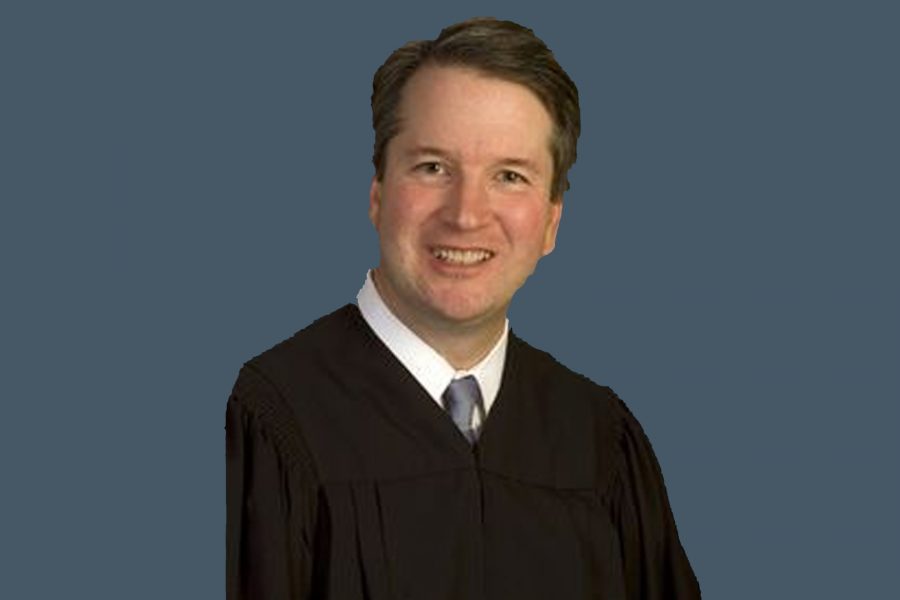With Anthony Kennedy’s retirement, the last Supreme Court Justice appointment of former President Ronald Reagan, leaves a vacant seat.
Trump announced his second nomination on Monday, July 9. He nominated Brett Kavanaugh to become an Associate Justice of the Supreme Court to replace Kennedy.
For Kavanaugh, the next step includes hearings before the Senate Judiciary Committee. He must provide statements and answer questions before the committee, along with other witnesses.
The committee votes to send the nomination to the Senate, and confirmation allows the President to formally appoint the candidate to the court.
Kavanaugh played a lead role in Ken Starr’s Starr Report which urged former President Bill Clinton to be impeached and he served as White House Staff Secretary under former President George W. Bush.
He also led the effort to identify and confirm judicial nominees for Bush, and now is in the process of being confirmed.
Kavanaugh has a high chance of getting in, with experience in the District of Columbia Appeals Court. He was appointed to the court by Bush in 2003 and confirmed in May 2006 after partisanship claims stalled his confirmation hearings for three years.
With a Republican majority, this confirmation might not be stalled.
To make his odds even better, there have only been about 32 nominated Justices that have not become Associate Justices.
About 12 were rejected, eight withdrew, six had no action taken, four had a postponed decision and two were nullified.
To understand the context of this decision, it is important to understand the latest changes to the Court’s dynamic.
Two of Reagan’s appointments have vacated their seat in the last two years, which left the seats to Trump. The other two appointments were left to former President George Bush.
Reagan appointed William Rehnquist to Chief Justice and he served until his death on Sept. 3, 2005.
His court was considered more conservative than courts before him and when John Roberts replaced him as Chief Justice, his court became even more conservative with the addition of Samuel Alito.
Reagan also appointed Justice Sandra Day O’Connor, the first female Justice of the Supreme Court, who served for 14 years until she officially retired on Jan. 31, 2006.
She was known as a swing voter and when she left, former President George Bush appointed Justice Samuel Alito, a “practical originalist” who is considered one of the most conservative justices.
The Supreme Court was comprised of Chief Justice John Roberts, 66, Justices Clarence Thomas, 70; Ruth Bader Ginsburg, 85; Stephen Breyer, 79; Samuel Alito, 68; Sonia Sotomayor, 64; Elena Kagan, 58; before Trump.
Trump has appointed and confirmed Neil Gorsuch, 50, and Brett Kavanaugh, 53, is on his way to replace Anthony Kennedy, 81.
Kavanaugh will be replacing Kennedy, who leans conservative, but has been a swing vote on multiple occasions. He resented being referred to as the swing vote, but with O’Connor retired he was considered the swing vote until his retirement.
Gorsuch’s appointment is the result of the Republican Senate majority refusing to vote on Obama’s replacement for Justice Antonin Scalia, Merrick Garland.
Scalia’s death was the last chance for a Democrat to attempt to get into the Supreme Court, but that would have still been a struggle to vote in a Justice past a partisan Senate.
Since they delayed the decision to the next president, Trump inherited the ability to appoint, with no action taken on Garland.
Ginsburg, Breyer, Sotomayor, and Kagan are the justices that lean Democrat and by ages they are the most likely to leave office.
With a Court leaning more and more conservative, some are worried that the majority will grow larger. Unless there are further resignations, the Court is shaped to remain with this leaning.



